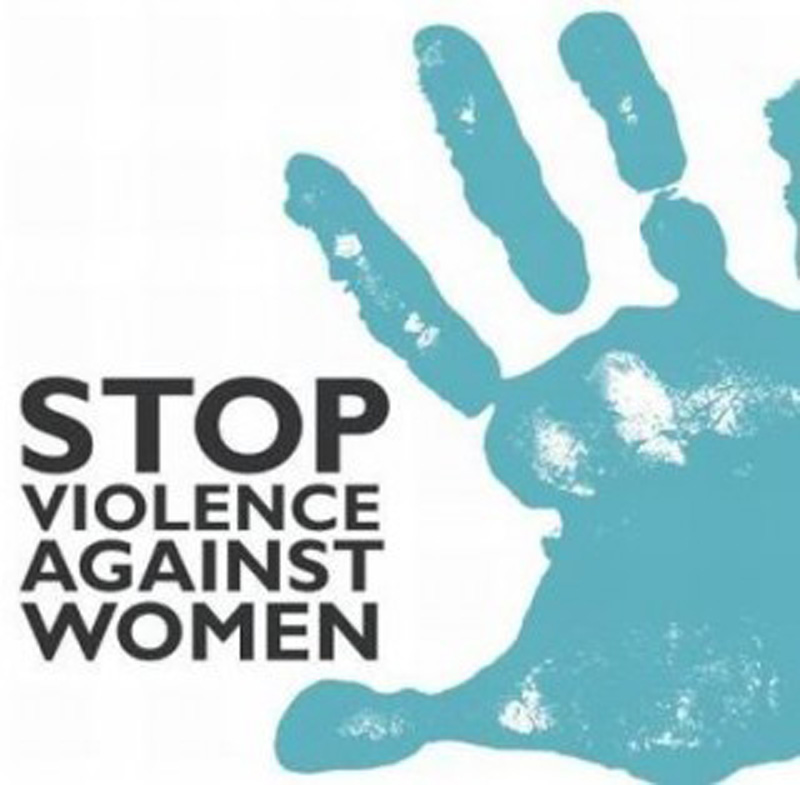The Government of Alberta has recently passed Bill 17; the Disclosure to Protect Against Domestic Violence (Clare’s Law) Act. This new law will allow individuals who feel at risk of domestic violence the ability to access their partner’s criminal records to find out if their partner has an abusive or violent past. This law, while not unique because it has been enacted in other places, as close as Saskatchewan and as far as England and Wales, is imperative to address the problem of domestic violence in this province. Alberta has the third-highest domestic violence rate in all of Canada. Often, domestic abuse can turn deadly and in 2018, nearly a quarter of the homicides in both Calgary and Edmonton were believed to be from domestic violence (Kingston, 2019).
The Alberta Council of Women’s Shelters (ACWS) reports a rise in the number of women it assesses as facing “extreme danger”—from 54 percent in 2011/12 to 64.8 percent in 2017/18. Alberta shelters received more than 58,000 crisis calls in 2018, up 10 percent over 2017. These numbers have increased significantly in 2019/2020. In Canada every 2.5 days a woman or girl is killed at the hands of someone they trust. Once in an abusive relationship, there is the misconception that the victim can easily leave their violent partner. Unfortunately, a victim’s reality isn’t quite that simple. Women often stay in abusive relationships because they fear for their own life and the lives of their children. Threatening to leave is often the most dangerous time for a woman in a domestically abusive relationship. Even after they have ended the relationship, these women often live in fear of their lives and safety.
Clare’s Law was introduced in the UK in 2014 because of the tragic incident that happened to a woman named Clare Wood. Clare met her ex-boyfriend online and they dated for 15 months. In 2009, after splitting up with George, Clare was found murdered in her own home. As reported by the BBC news, months before Clare’s death she had contacted Greater Manchester Police claiming George had caused criminal damage, harassed, threatened to kill, and sexually assaulted her. Clare even installed a panic alarm in fear of her life, but unfortunately, that didn’t stop George from breaking in and killing her.
After Clare’s death, her family learned that George had a violent past and had spent six years in prison for holding a woman at knife-point for 12-hours. Her family believes that if “Clare’s Law” had existed, police would have been able to notify Clare about her partner’s criminal history and that maybe she would still be here today.
Saskatchewan was the first Canadian province to enact a domestic violence disclosure (DVD) law. The Interpersonal Violence Disclosure Protocol (Clare’s Law) Act, SS 2019, c I-10.4, was introduced in November 2018
Highlights of the Law
- The right to ask: Anyone who feels suspicious about a partner or potential partner can ask the police to see this individual’s criminal record. This will help them determine if this person has a history of domestic violence.
- The right to know: Police will now be able to disclose an individual’s criminal record to people at risk without an application in an attempt to help prevent violence. For example, during a suspected domestic violence call, police can later contact the individual to inform them of their partner’s abusive past.
- The right to privacy: Safety will trump confidentiality; however, people can trust that their personal information will be protected and that only certain details will be shared.
Social and Constitutional Implications
What does the evidence show about the impact of Domestic Violence Disclosure (DVD) laws in England and Wales and the presence of unintended consequences? A report by the Home Office indicates that police forces are inconsistent in disclosing information about previous abuse, ranging from 9% in some regions to over 90% in others, with an average of 43% for 8,490 requests for disclosure in 2016/17. These statistics are reminiscent of Robyn Doolittle’s investigative reporting for the Globe and Mail on police rates of finding sexual assault claims to be “unfounded” (or not worthy of charges) across Canada, which show both low rates of charging and great variability across police forces – reinforcing the need for appropriate training for police if they are to administer DVD laws.
In a summary of their study of Clare’s Law, Professors Sandra Walklate and Kate Fitz-Gibbon, experts on family violence, found no evidence so far that the law “acts as a preventive strategy or an effective intervention” for domestic violence (at para 4.2). Citing the Home Office statistics above, they note that the average time for disclosure of 39 days may compromise the safety of potential victims (at para 4.5). They also argue that women who rely on their “right to ask” may gain “a false sense of security” if they find their partner does not have a documented history of violence, given the likelihood of underreporting by previous partners (especially victims who are racialized or have disabilities) (at paras 3, 4.4). They raise similar concerns to mine in arguing that disclosure information may improperly capture “records of domestic violence histories made as malicious allegations of violence by previous partners” or “cases where police have misidentified the primary aggressor” (at para 4.4) and that victims may be blamed in cases where they do not leave potentially abusive relationships and later seek the assistance of police (at para 4.6). Walklate and Fitz-Gibbon recommend more evidence-based research on the costs and benefits of DVD laws; the need for the disclosed information to be “accurate, appropriate, timely, and of good quality” with appropriate supports in place to offset adverse consequences; and the need for proper resources to deal with implementation problems and to improve the prevention and intervention capacities of the law (at para 5) (Koshan & Wiegers, 2021).
While Clare’s Law has gone through the legislature its constitutionally has yet to be tested in Canada. Privacy has long been considered a fundamental right in Canada. The Canadian Charter of Rights and Freedoms, along with the federal Privacy Act, territorial and provincial privacy legislation, work together to protect Canadians with respect to their personal information held by government or private institutions. In my analysis Clare’s Law shall pass the Oaks Test.
Section 1 of the Canadian Charter of Rights and Freedoms guarantees the rights and freedoms set out in it subject only to such REASONABLE LIMITS prescribed by law as can be demonstrably justified in a free and democratic society. Rights and freedoms are enshrined in the Charter because they are essential to living in a free and democratic society. While Section 1 of the Charter provides a guarantee of rights and freedoms to everyone on Canadian soil (not just citizens!), it also says they are not absolute: meaning, that it could be REASONABLE to limit those rights and freedoms if: a) The limit is prescribed by law: this means that the limit is based in a law, statute or regulation that was passed by the government; and b) the limit is “demonstrably justified in a free and democratic society”.
What is the Oakes test? The name of the test comes from the Supreme Court of Canada case in which it was first formulated, R v Oakes, [1986] 1 SCR 103. An Oakes Test Analysis consists of the following parts, all of which must be satisfied in order to determine if a limit to the Charter is reasonable and justified under s.1: 1) Objective: limiting the Charter protected right or freedom serves a pressing and substantial objective that aligns with the values of a free and democratic society; 2) Rational Connection: the law or action that limits a Charter right or freedom is carefully designed to meet its objective. A law or action that does not effectively achieve the desired objective is not rationally connected to its purpose; 3) Minimal Impairment: The law or government action should achieve its objective while impairing rights or freedoms as little as possible. If there is an alternative method of achieving the objective that causes less harm to rights or freedoms, that alternative may be a better option; 4) Proportionality: the benefits gained by meeting the objective should outweigh the harms caused by limiting the right or freedom. The more serious the infringement on rights and freedoms, the more we should expect that a real, pressing, and substantial benefit to society is to be gained.
Conclusion: Domestic violence destroys the essence of a community by dismantling family units and causing a ripple effect of repercussions that are felt for generations. Given the statistics presented above I will not shy away from calling domestic violence an epidemic in our society. The need to address this social issue and protection of people from victimization trumps the fundamental right to privacy enshrined in the Canadian Charter of Rights and Freedom. Clare’s Law is an essential tool in addressing domestic violence and I welcome this law with high hopes.
Disclosure to Protect Against Domestic Violence Act (2021).
Jennifer Koshan and Wanda Wiegers, “Clare’s Law: Unintended Consequences for Domestic Violence Victims?” (October 18, 2019), online: ABlawg, http://ablawg.ca/wp-content/uploads/2019/10/Blog_JK_WW_Bill17.pdf





